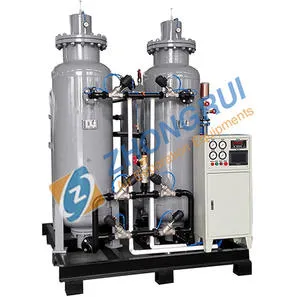News
Nitrogen-filled tires: a safe, stable and environmentally friendly choice
2024-02-12With the continuous development of the automobile industry, the requirements for vehicle performance and safety are also increasing. Against this background, nitrogen-filled tires, as a new method of tire inflation, are gradually becoming more popular among car users. Compared with conventional air, nitrogen plays a more prominent role in tires and has higher safety, stability and environmental protection. It is becoming a new trend in the automotive industry.

1. Improve safety: Nitrogen-filled tires can improve the safety performance of vehicles. Because nitrogen molecules are larger than air molecules, nitrogen-filled tires are more airtight and leak air pressure more slowly. This means that the tire can maintain a more stable air pressure during long-term use, reducing the risk of tire blowout due to insufficient air pressure, thus improving driving safety.
2. Better stability: Nitrogen-filled tires have better temperature stability. When the car is driving, the tires will generate heat due to friction, causing the temperature of the gas in the tires to rise. In contrast, nitrogen-filled tires have larger gas molecules and slower heat conduction speeds, so they can better maintain stable air pressure inside the tires, reduce tire pressure fluctuations caused by temperature changes, and improve the driving stability of the vehicle. sex.
3. Environmentally friendly and energy-saving: Nitrogen-filled tires are an environmentally friendly and energy-saving option. Compared with conventional air, nitrogen-filled tires do not contain oxygen, so they can reduce the oxidation reaction inside the tire and extend the service life of the tire. In addition, filling tires with nitrogen can also reduce vehicle fuel consumption, because nitrogen has a lower temperature expansion coefficient, making the rolling resistance of the tire smaller, reducing energy loss when the vehicle is driving, thereby achieving the goal of energy conservation and emission reduction.
4. Lower overall cost: Although the initial cost of nitrogen-filled tires may be slightly higher than conventional air inflation, considering that nitrogen-filled tires can improve the safety, stability and environmental protection of the vehicle, in the long run, its overall cost lower. More stable air pressure can extend the service life of tires, reduce tire replacement frequency and maintenance costs, and also reduce vehicle fuel consumption, bringing more savings.
In summary, nitrogen-filled tires, as a new method of tire inflation, have many advantages and are becoming a new trend in the automotive industry. By improving vehicle safety, stability and environmental protection, nitrogen-filled tires provide car users with a safer, more comfortable and economical driving experience and will become the mainstream choice in the future automotive industry.


